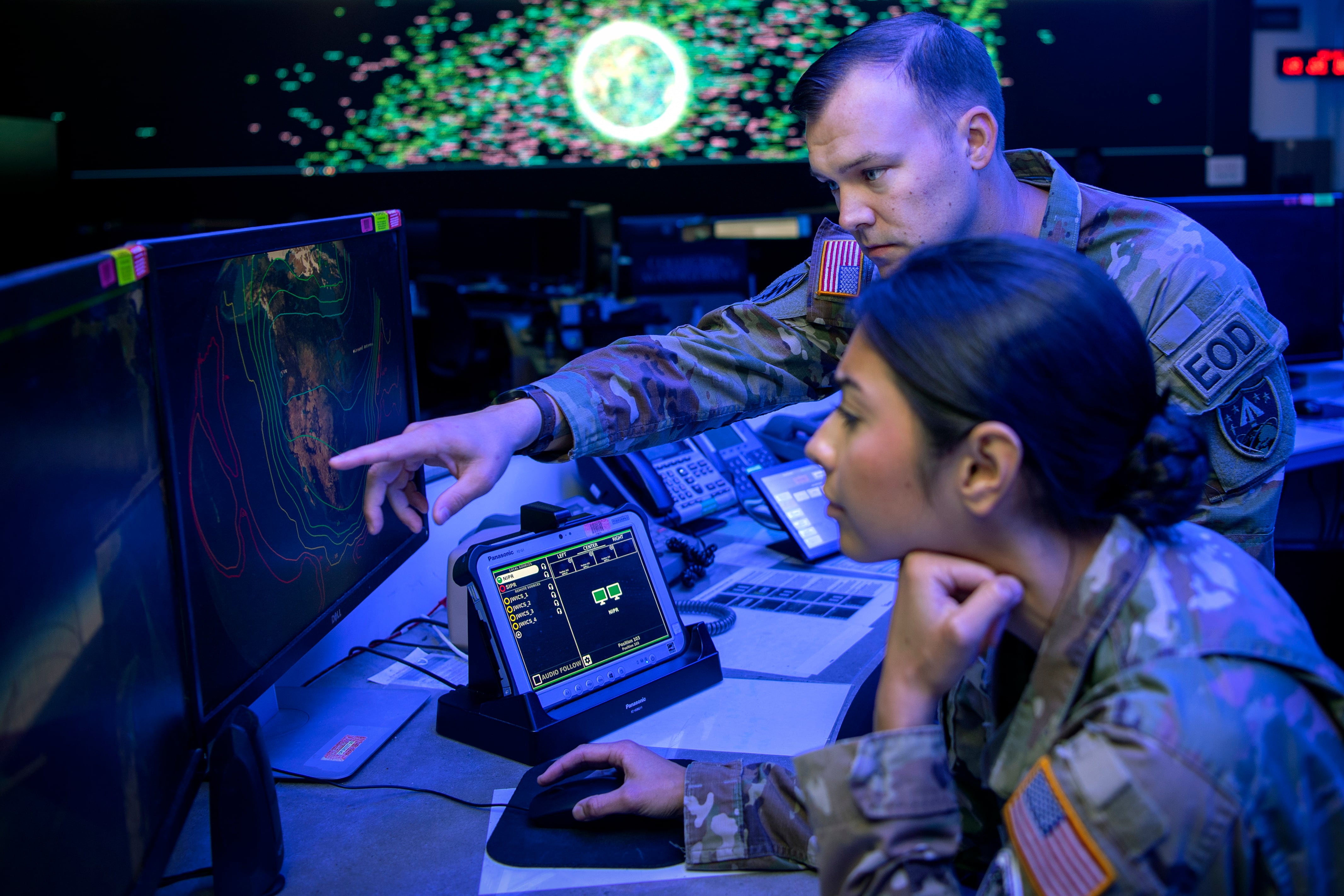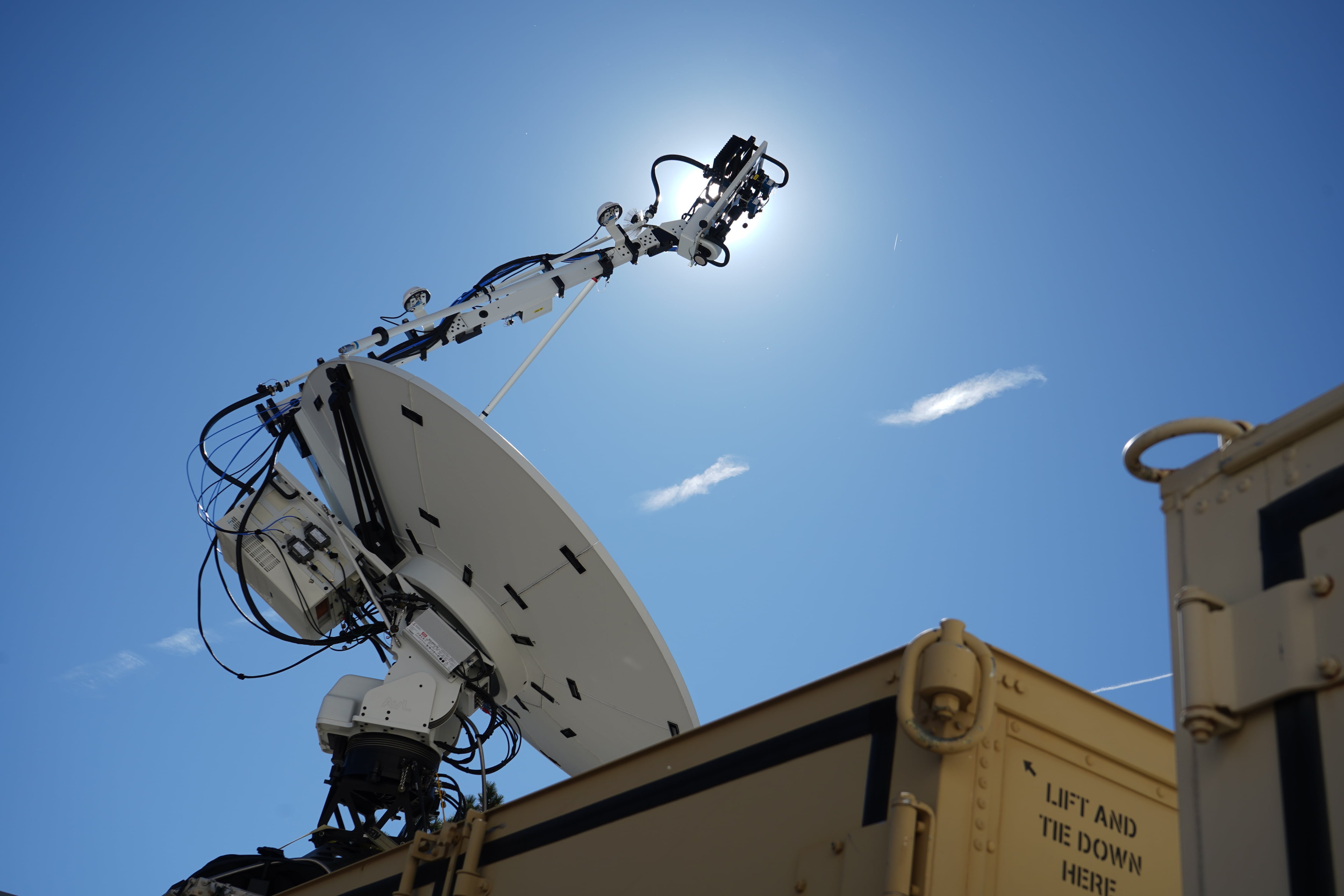WASHINGTON — Anduril Industries, a venture-backed defense technology company, has acquired Georgia-based, air-launched effects company Area-I, the company announced April 1.
“The acquisition expands Anduril’s portfolio of unmanned aerial systems, creates new opportunities for its software-defined capabilities such as mission autonomy and intelligent teaming and significantly accelerates the company’s strategic growth,” Anduril’s statement says.
The company will operate as a wholly owned subsidiary under the Area-I brand, according to the Anduril statement.
California-based Anduril specializes in advancing technology like artificial intelligence, computer vision, sensor fusion, optics and automation to “radically transform U.S. defense capabilities and solve complex national security challenges,” according to the company.
Anduril was founded by Oculus founder Palmer Luckey. Co-founders are CEO Brian Schimpf, COO Matt Grimm, Joe Chen and Founders Fund partner Trae Stephens. Peter Thiel ― who leads Founders Fund with Silicon Valley investors Ken Howery and Brian Singerman ― founded data analytics company Palantir, which has since achieved a foothold in the defense sector.
Area-I is known in the Army aviation development community for supplying its Agile-Launched, Tactically-Integrated, Unmanned System (ALTIUS) platform to several major Army Air-Launched Effects (ALE) demonstrations and experiments. Those experiments have helped define service requirements for future capabilities that will be found aboard Future Vertical Lift aircraft.
The Army awarded Area-I a contract last year to mature air vehicle technologies for the service’s future ALE portfolio. Area-I’s other customers include the U.S. Air Force, U.S. Navy, U.S. Special Operations Command and NASA.
Area-I was founded in 2009 by CEO Nick Alley, who once told an audience at Austin Startup Week that he had to borrow $10,000 from his parents to cover employee salaries while he waited for government funding to come through. He faced a common problem for a small business trying to break into the defense industry: ALTIUS had no commercial applications, so the company was solely reliant on obtaining government funding, which doesn’t always come quickly enough to continue operations.
Alley had been asked to speak as a small business owner who had seen success winning and executing government contracts. “The practical advice that I gave was that even with this multimillion dollar company that is well-entrenched with the Department of Defense, we still haven’t made it,” Alley told Defense News in a March 31 interview.
While Alley felt his business was successful, he knew he needed further investment to realize the potential of the company’s technology and didn’t want to sell the company he had built to a big prime contractor or a private-equity firm. That’s when he met Anduril’s CEO Brian Schimpf, as Anduril was weighing opportunities in the unmanned world.
Anduril has already applied its technology like its Lattice software platform for base protection, automated surveillance, counter-drone systems, counter-cruise missile or cruise missile tracking, all the way to intelligence, surveillance and reconnaissance systems.
The company wanted to create new warfighting capabilities by marrying its advanced autonomy, artificial intelligence, and sensor-fusion capabilities with lower-cost hardware, Schimpf told Defense News in the same interview.
Whereas a Reaper unmanned aircraft system, for instance, takes 15 people to operate, Schimpf says future battle spaces will be characterized by “more assets, more intelligence, more awareness of what’s going on and the only way that’s going to work is if we can automate a lot of the very mechanical, human driven processes.”
To that end, Anduril began looking at how low-cost assets could be made smarter and more independent to free up manpower for other operational elements ― and it was excited by the potential applications of tube-launched, air-launched, expendable drones.
“The ability to put a flying sensor on any one of these platforms, be it an air vehicle, like a C-130 or a Black Hawk, be it a ground vehicle, ground-launching these things, doing it off of a surface vessel … the ability to take these kind of high-value, manned or exquisite platforms and extend their reach, particularly in contested areas, being able to work into an area where there’s a surface-to-air missile threat, some sort of threat activity like GPS jamming or communications jamming, being able to push that envelope where you wouldn’t want to send those exquisite, high-risk things becomes a no brainer.”
Schimpf said he was “blown away” by Area-I’s ALTIUS, with its “incredible” endurance and ability to integrate sensors and payloads. “They have absolutely the best in capability for having a drone that can launch off any platform,” he said.
The companies were a fit, Schimpf said, both in terms of how they function on a cultural level and how they envision bringing technology to warfighters in the same way.
“With us and with them as well, the idea has really been about how am I going to push forward the vision of what’s possible,” he said, “not just responding to requirements that are dropped, but really trying to respond to ‘Hey, what do we think is possible if we push this technology to the limit, how does it change warfighting?’”
From here, Anduril and Area-I see huge potential in the ability to deploy dozens of these systems from a single platform, controlled by just one operator, to search for targets or disrupt an adversary’s radar, for example.
“That becomes a very big shift in terms of how you make this a real kind of warfighting capability where it’s not just as simple as a camera flying remotely,” Schimpf said, adding: “The ultimate goal here is these things can accomplish much more complex missions.”
Area-I had already begun working on a number of technologies around multi-asset planning and coordination of systems.
Now Anduril will accelerate these efforts by investing in the technology, bringing in its own advanced software technology and sensor processing and fusion capabilities and providing other resources that will help fuel and accelerate growth, Schimpf said.
Jen Judson is an award-winning journalist covering land warfare for Defense News. She has also worked for Politico and Inside Defense. She holds a Master of Science degree in journalism from Boston University and a Bachelor of Arts degree from Kenyon College.








